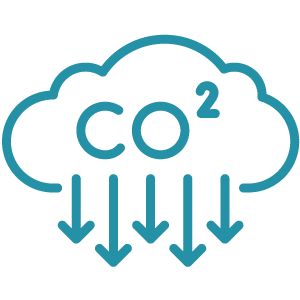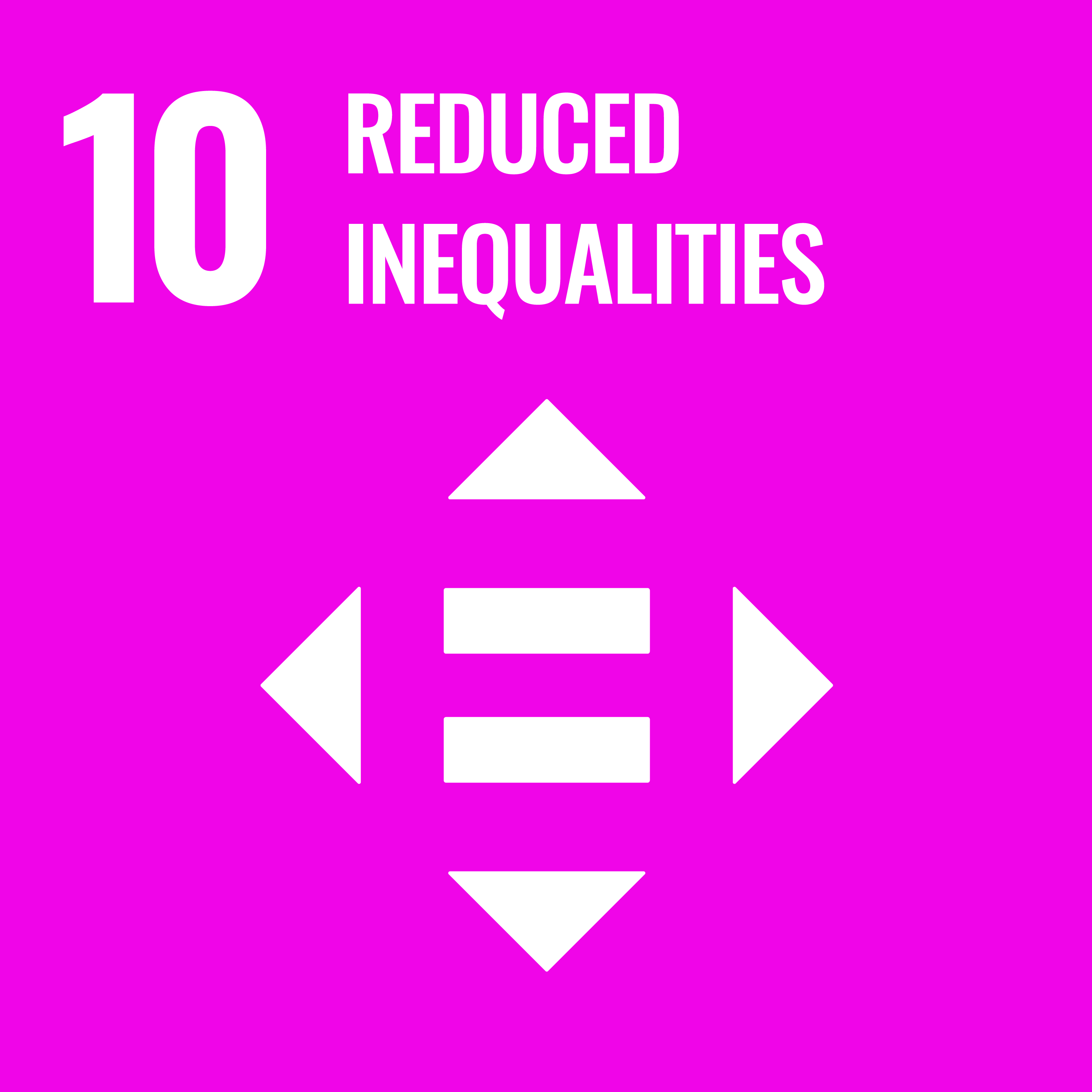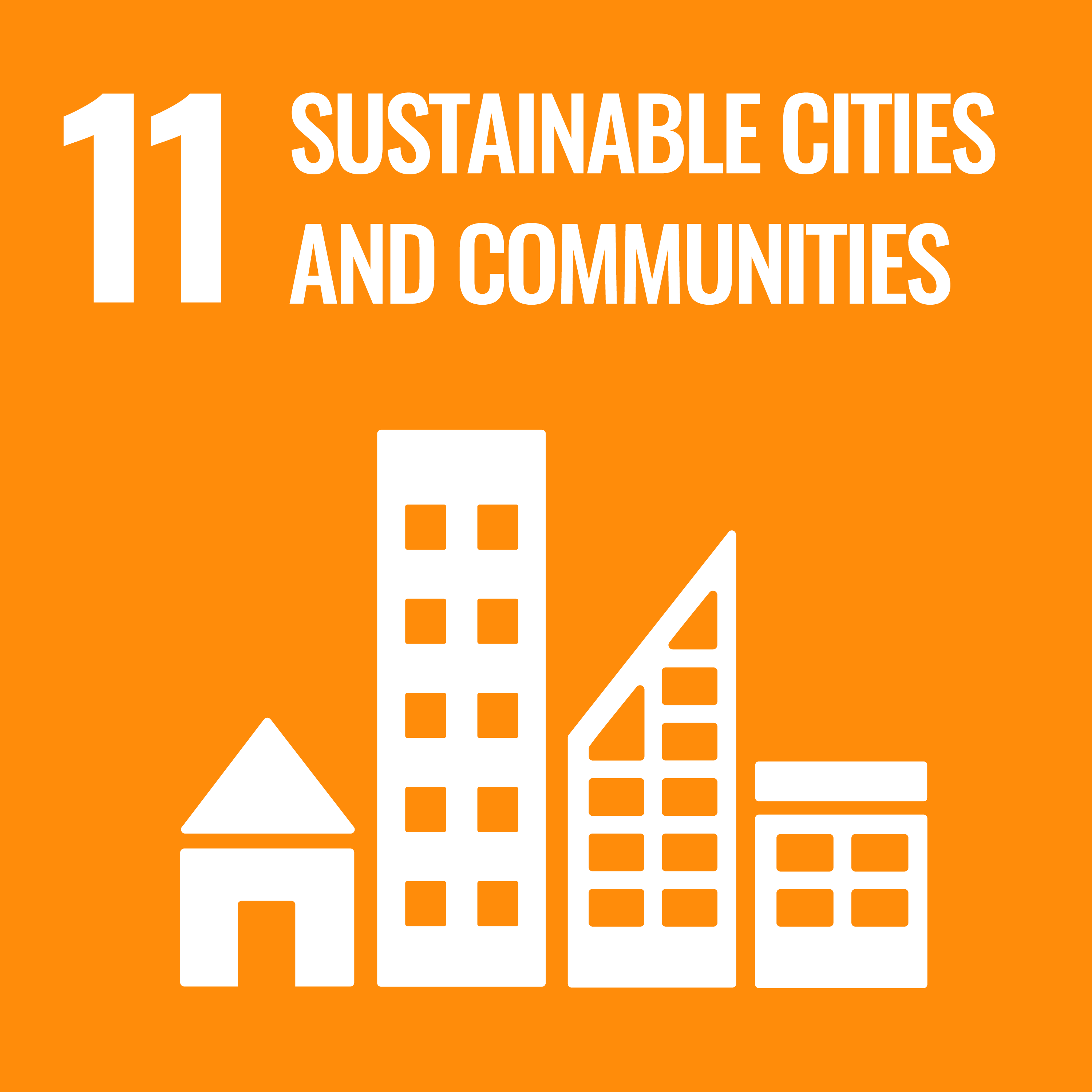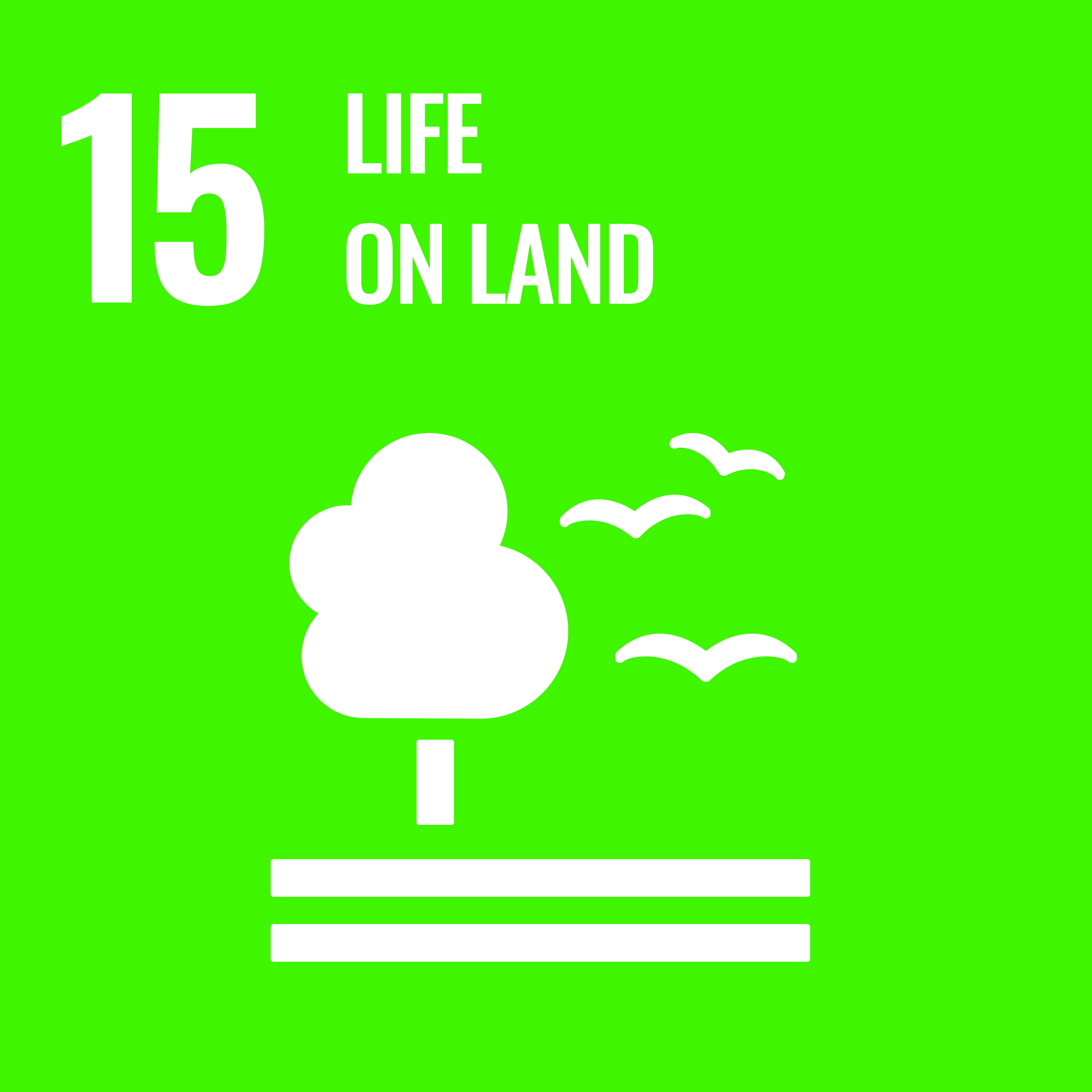5. Oileáin Árann Decarbonising Zone
WHAT IS A DECARBONISING ZONE?
A Decarbonising Zone (DZ) is a chosen area where local authorities and communities work together to reduce the amount of carbon produced by their everyday activities. By looking within the community for ways to live and work more sustainably, these zones can find local solutions to global problems, such as reducing greenhouse gas emissions, improving air quality, saving energy and reducing waste.
The main objective of a Decarbonising Zone is to find innovative but achievable ways to reduce greenhouse gas emissions from the area by 51% by 2030, based on 2018 levels, in line with the National Climate Objective. Each zone’s Plan will be based on the characteristics of the area, what is of benefit to the local community, and how these elements can work together to reduce or remove greenhouse emissions from the zone.
By creating these zones nationwide, different approaches and projects can be tested and perfected, allowing other communities to apply these ideas based on their own needs.
WHY IS THE ‘DECARBONISING ZONE’ PROJECT HAPPENING?
Under the National Climate Action Plan 2019, every local authority in the country is required to plan a Decarbonising Zone. Further to this, as part of the Climate Action and Low Carbon Development (Amendment) Act 2021, every local authority is also required to produce a detailed Climate Action Plan. The Guidelines for Local Authority Climate Action Plans published in 2023, clarified that Decarbonising Zones must now be included in all local authority Climate Action Plans.
Why was Oileáin Árann chosen?
To qualify as Decarbonising Zones, the chosen areas need to have certain characteristics that have the potential for climate action across a variety of sectors. Oileáin Árann were chosen as a Decarbonising Zone as it was considered; 1) to be ready to support climate action, 2) to have a strong sense of community, and 3) a distinct area with measurable inputs and outputs.
As a Decarbonising Zone, Oileáin Árann also have a lot of potential for developing new and existing climate projects, with opportunities for tackling a host of issues. For example, energy security and sustainability could be addressed with new energy infrastructure, like electricity network upgrades and by improving efficiency and renewable heat in residential and commercial sector buildings. There are also opportunities for reducing the carbon footprint of the tourism sector by decarbonising the transport to and from the islands.
Vision for the Decarbonisation Zone
A Vision for Oileáin Árann Decarbonisation Zone was discussed with local stakeholders during a workshop on Árainn (Inis Mór) in October 2023 and the following themes were identified. This will be developed further as the Decarbonisation Zone Plan is implemented.
- Energy self-sufficient, generating community-owned energy.
- Fuel poverty eliminated with comfortable, well-insulated homes. All homes B2 (minimum) with decarbonised heat source.
- Sustainable transport to the islands as well as on the islands
- Low waste
- Carbon neutral
5.1 Oileáin Árann Decarbonising Zone
INTRODUCTION
To achieve the target of a 51% reduction in carbon emissions by 2030, we first need to know; 1) the current emissions in the decarbonising zone, 2) what activities are producing them, and 3) the purpose of these activities.
In this section we look at everything from the population breakdown and travel patterns, to the types of buildings and heating systems within the area. This gives us a detailed overview in terms of knowing existing behaviours, activities and infrastructure so that we can decide how best to develop solutions together that are tailored to Oileáin Árann and everyone living, working and travelling there.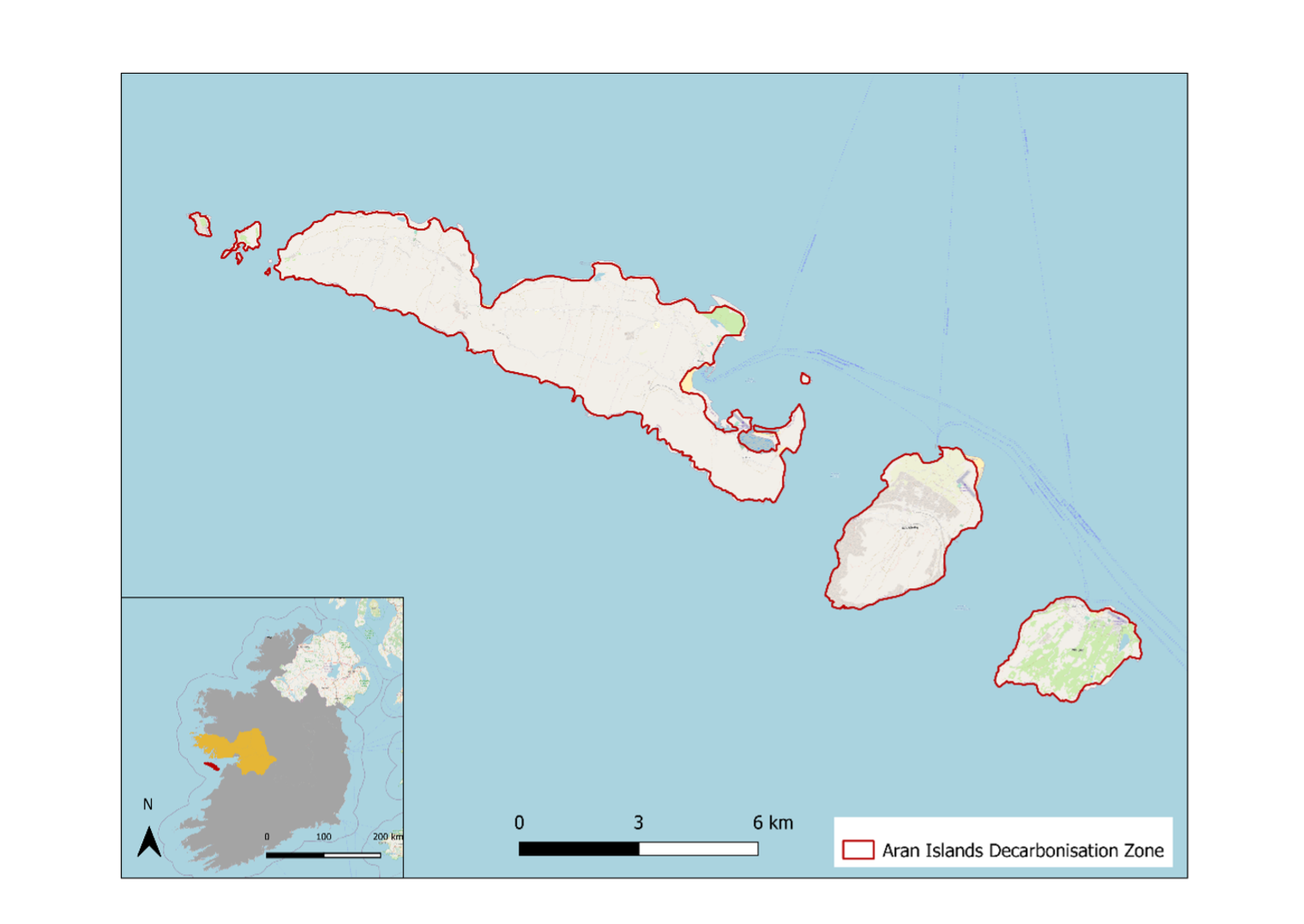
Figure 5.1: Map of Oileáin Árann Decarbonisation Zone
5.2 Profile of Oileáin Árann
Oileáin Árann consist of a group of three islands at the mouth of Galway Bay, off the west coast of Ireland, with a total area around 46 km2. From west to east, the islands are Árainn (Inis Mór) , which is the largest; Inis Meáin, the second largest; and Inis Oírr.
There is a population of 1,347 (as of 2022) and the area is designated as an official Gaeltacht. There has been a shift away from the traditional industry on the islands of agriculture and fishing towards tourism, especially as year-round tourism gains traction. Many residents of the islands are employed in the tourism industry, with the islands receiving 270,000 to 300,000 tourists annually. Most tourists visit on day trips.
There are year-round ferry passenger services from Rossaveal in County Galway, connected by a bus service from Galway city. A heavy-cargo service operates several times a week from Galway Harbour. Seasonal ferries are also available from Galway City and Doolin in County Clare. Aer Arann Islands operates an air service from Inverin to Inishmore Airport, which has a connecting bus from Galway city. Many visitors hire bikes to travel around the islands.
Oileáin Árann hold Natura 2000 status, and 75% of their land area is designated as Special Areas of Conservation.
EXISTING KEY CONTACTS AND STAKEHOLDERS
Stakeholder engagement is essential to the development of the Decarbonising Zone plans. The National Guidelines of the Local Authority Climate Action Plans recommends early and continued engagement of stakeholders throughout the project. Additionally, the guidance highlights that the Local Authority does not possess “the control or power to directly influence all of the energy and emission reductions within the boundaries of the DZ area”. Therefore, it is crucial to engage a wide range of sectors and stakeholders in the DZ process to identify actions and progress the development and implementation of the Plan.
To ensure a fair and just process in developing and implementing the Galway County Council has started the process of engaging stakeholders from the local area and worked with the Comharchumann Fuinnimh Oileáin Árann Teoranta (CFOAT), a community-owned energy cooperative, the three local Comharchumann, educational facilities, local businesses and individuals in the development of this Plan. This process will be continued and strengthened as part of this Plan.
The Comharchumann Fuinnimh Oileáin Árann Teoranta (CFOAT) and the three local Comharchumann are key intermediaries with the wider community.
Case Study
(source: https://climateconnected.ie/case-studies/)
Comharchumann Fuinnimh Oileáin Árainn Teo (CFOAT) is a community owned energy cooperative representing the 3 Oileáin Árann: Árainn (Inis Mór) , Inis Meáin and Inis Oírr. Life membership is open to all residents for €100. The cooperative is non-profit with all of the benefits going back into the community. CFOAT’s aim is to make the 3 islands fossil-fuel-free using green energy generated on the islands and owned by the cooperative. Their project involves upgrading and retrofitting homes and buildings; introducing electric cars and buses; encouraging households to install heat pumps, photovoltaic and battery storage; generating electricity locally; being partners on numerous EU funded research projects; making Oileáin Árann an Energy Research Hub; creating new employment opportunities in the energy field; running Energy Tours on the islands.
Establishing as a co-operative in 2012, CFOAT commenced its work by engaging in the SEAI’s then Better Energy Community Grant schemes (now the Community Energy Grant Programme). Since 2012, 50% of the houses and many of the community buildings on the islands have had some energy related retrofitting done.
A number of buildings on the island are now operating completely fossil-fuel-free.
Starting with a group purchase scheme in 2011 with just three electric cars, there are now more than 15 electric cars on Árainn (Inis Mór) alone. Many of these are second hand vehicles with reduced range. This is not an issue on the island where travel distances are quite short in comparison to the mainland: Árainn (Inis Mór) , the largest island is only 17km long in total.
Up to 100 buildings on the islands now have heat pumps and photovoltaic panels which means that they use much less fossil fuel for space and hot water heating. Heat pumps use electricity which can be more expensive. However, the PV panels cut down on the need to buy electricity from the grid.
At present, CFOAT is involved in three EU funded projects (H2020 and InterReg): for example, SEAFUEL and HUGE. This means that it is now able to employ 3 local people (not on a government scheme), one full-time, in high skilled sustainability jobs. This is a huge achievement in an area where much employment is seasonal, and tourism related. An initial challenge was finding access to early finance to help with set up and administration costs. Their co-op structure enabled members to contribute a small fee (€100 for life-time co-op membership) to fund our setting up. It meant that there was money in the co-op bank account which helped established a finance record that allowed them look for bridging loans when they were needed. They benefited from the services of Clann Credo in their retrofitting programmes because SEAI grants are retrospectively paid and so they needed finance.
Emissions within Oileáin Árann Decarbonisation Zone
A Baseline Emissions Inventory (BEI) is a way of taking a snapshot of how much greenhouse gases are currently being released in a specific area. It looks at sources of emissions as well as electricity usage and waste management and helps guide the actions to be taken in the decarbonising zones. The Baseline Emissions Inventory was developed using methodologies from national guidelines for Local Authority Climate Action Plans.
BEI for Decarbonising Zones Nationally were required to use a baseline of 2018 or closest available data. By comparing 2030 emissions data to the 2018 baseline, it will be possible to see the progress made and measure the success of climate actions across the zone.
The BEI draws from multiple data sources to calculate emissions in various sectors. The Residential, Non-residential, and Transport sectors were assessed using data from the joint 2018 Energy Master Plan (EMP) for Árainn (Inis Mór) and Inis Meáin, as well as the 2020 EMP for Inis Oírr. Galway County Council is very grateful to Comharchumann Fuinnimh Oileáin Árann Teoranta (CFOAT), and the local Comharchumann.who developed these plans as they have significantly helped in developing the BEI.
The following graphic shows a breakdown of emissions by sector with Galway and National figures included for comparison. The total GHG emissions within Oileáin Árann DZ for 2018 equate to approximately 16 ktCO2e. The main sources of GHG emissions within the area are: agriculture (35%), transport (34%) and residential (13%).

Figure 5.2: Decarbonising Zone BEI results share by category
| Emissions Category |
Oileáin Árann DZ Emissions ktCO2e |
County Galway Emissions ktCO2e |
National Emissions ktCO2e |
|---|---|---|---|
| Residential | 2.15 (13%) | 450 (15%) | 9,552 (15%) |
| Transport | 5.45 (34%) | 478 (15%) | 12,196 (19%) |
| Commercial and Industry | 1.44 (9%) | 239 (8%) | 13,622 (21%) |
| LULUCF | 1.32 (8%) | 478 (20%) | 6,899 (10%) |
| Agriculture | 5.56 (35%) | 1,132 (43%) | 22,124 (34%) |
| Waste | 0.22 (1%) | 27 (1%) | 991 (1%) |
| Total | 16.13 (100%) | 2,632 (100%) | 65,152 (100%) |
Table 4: Decarbonising Zone Transport Emissions
Oileáin Árann DZ: Transport Subsectors
| Transport Subcategories | tCO2e |
|---|---|
| Maritime (ferries only) | 4,668 |
| Road diesel | 654 |
| Aviation | 122 |
| EV | 5 |
| TOTAL | 221 |
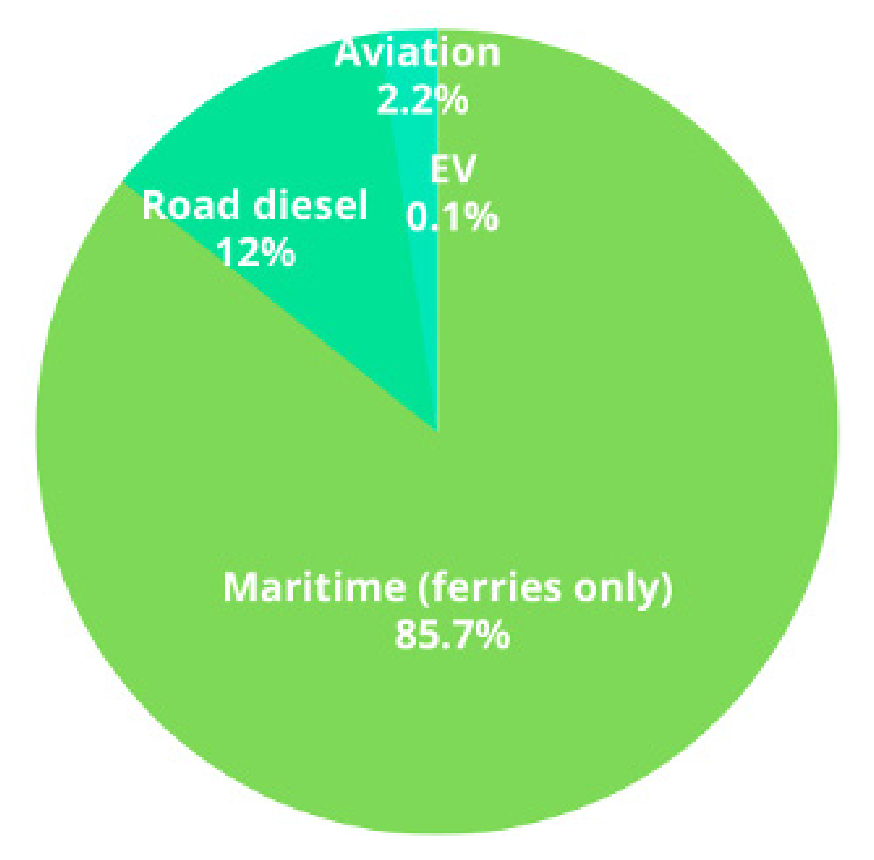
Figure 5.3: Oileáin Árann DZ: Transport Subsectors
Transport Emissions
The Transport sector of Oileáin Árann accounted for 34% of the zone’s emissions. It is the second largest emitting sector following agriculture. As a point of comparison, the Transport sector makes up 15% of total emissions at the county level and, 19% at the state level.
Within the sector, the highest emitting subsector is Maritime emissions (this includes ferries only). While there are EVs on Oileáin Árann, there is only a very small number of such vehicles present and they account for less than 0.1% of emissions in the transport sector.
To reach Oileáin Árann, residents and visitors must either take a ferry or a flight. Once on the islands, public transport consists of minibuses and bikes. Private vehicles are also owned by residents, with an estimated 449 private cars between the three islands.
Residential Emissions
The Residential sector is comprised of emissions from household activities including space and water heating, as well as from electricity consumption. There are 783 total housing units in the DZ including a small number of social housing units. Within the DZ space and water heating accounted for 75% of Residential sector emissions and electricity consumption for 25%. An important outstanding point for the Residential sector is the limited BER coverage. This data is useful for understanding which homes need retrofits and gaining a more thorough understanding of emissions in this sector. The digital twinning project currently taking place on Árainn (Inis Mór) will aid progress on this point.
Agriculture and Land Use, Land Use Change, and Forestry (LULUCF)
The Agriculture sector’s emissions on Oileáin Árann primarily come from livestock. The livestock sector was split into cattle, producing 71% of sector emissions, and sheep, producing an additional 2%. Emissions from goats were measured as well and accounted for one additional tonne of CO2e.
Traditionally, agriculture has played a big role in the culture and economy of Oileáin Árann. Due to the nature of island farms, individual farms tend to be small and require high amounts of labour to function.
From the 2020 Agricultural Census data, there are 1,553 cows and 253 sheep. There are also goats on the islands. The area farmed on the island is 2,460 hectares, with an average holding size of 12.2 acres, in line with traditionally smaller farms found in the island communities.
Many farmers on the islands are involved in the Caomhnú Árann project, a partnership programme involving the islands’ farmers, the Department of Culture, Heritage and the Gaeltacht (DCHG), the National Parks & Wildlife Service (NPWS), Teagasc and Fáilte Ireland, co-funded by the DAFM and the EU. The project aims to protect and restore priority habitat on Oileáin Árann and provides support for sustainable farming practices. As local farming and land use practices are already very sustainable there may be limited opportunities for decreasing emissions outside of the Caomhnú Árann project.
Waste
Athchursail Árann, a Co-Op on Oileáin Árann, operates an award-winning waste collection and recycling programme. As part of the recycling project, dry recyclables are baled and sent to Galway; food and organics are composted; glass is crushed for use as aggregates for concrete, timber is shredded to go into compost, and bulky items, such as old windows, are stored for reuse on agricultural and garden sheds. About 20% of waste cannot be processed in facilities within the DZ and is sent to the mainland, where it is sent to a waste-to-energy plant. Most waste emissions come from the waste that is sent to a waste-to-energy plant off-island, at approximately 55% of the sectoral emissions. The remaining emissions come from waste that is processed on the islands in the recycling centre (31%) and emissions associated with wastewater and wastewater processing (14%).
Objective 6.1 Reduce carbon emissions and promote sustainable development on Oileáin Árann by implementing a range of measures that will reduce greenhouse gas emissions, increase energy efficiency, and promote the use of renewable energy sources, with the aim of reducing the islands' carbon footprint. The DZ is intended to be the focus for a range of climate mitigation, adaptation, and biodiversity measures in each local authority administrative area and will help identify projects that will contribute to the delivery of the national climate objective.
Prioritisation of Climate Actions
Galway County Council is already involved in a number of projects related to Climate Action on Oileáin Árann including:
Athchursail Árann – Waste Collection and Recycling/Reuse
As part of the Stakeholder Engagement process a list of potential climate actions for development in the DZ was developed as part of the Community Workshop. These actions were shared in the Online Consultation with respondents requested to select their highest priority actions across energy, transport, community, economy, and the natural environment. The three key actions for each area, and the quantity of respondents who selected the actions, are outlined in the figure below.
- Eliminate fuel poverty with comfortable, well-insulated homes. All homes B2 (minimum) with decarbonised heat source - improve comfort, decreasing emissions and saving cost.
- Energy Self-sufficiency, generating community-owned energy.
- Decarbonising transport on and to the islands
5.3 Register of Opportunities and Actions
Galway County Council is already involved in several projects related to Climate Action on Oileáin Árann including:
Athchursail Árann Co-Op – Waste Collection and Recycling/Reuse
CONNECTED Project – This Northwest Region Decarbonisation Zone project which aims are to develop a decarbonisation engagement, dialogue and participation tool.
LEAP - Local Energy Agencies in Peripherial Regions - LIFE Project whose aim is to create multiple local social enterprise “integrated home renovation services” in the North and West of Ireland.
Opportunities for decarbonisation were also identified in the Energy Masterplans prepared by the local communities including the joint 2018 Energy Master Plan (EMP) for Árainn (Inis Mór) and Inis Meáin and the 2020 EMP for Inis Oírr.
These projects were reviewed, and the following Objectives and Actions were co-created with the local community.
Objectives |
|---|
|
SDG Alignment |
Co-Benefits |
|---|---|
|
|
|
 Decarbonisation Zone
Decarbonisation Zone
| Objective DZ 1 Reduce carbon emissions and promote sustainable development on Oileáin Árann.to identify best practice in climate action. | ||||
|---|---|---|---|---|
| Action | Due Date | Lead Partner | KPI | Adaptation / Mitigation |
| Action DZ 1.1 Establish a stakeholder group within the Decarbonisation Zone, working with established community organisations already engaged in Climate Action, and ensure ongoing engagement and cooperation. Develop a Vision for the Islands | 31/12/2024 | CFOAT | Stakeholder group established. Number of minuted meetings per annum. | Both |
| Action DZ 1.2 Seek funding to retrofit all social housing within the Decarbonisation Zone. | 31/12/2029 | GCC Housing Department | Number of houses retrofitted | Mitigation |
|
Action DZ 1.3 Facilitate and support the development of group approaches for residential and commercial energy assessments, retrofit, renewable heating, and solar installation both within and outside the Decarbonisation Zone. Support Gníomhaireacht Fuinnimh an Iarthar (GFI) Energy Agency. |
Ongoing | GCC Environment Section, CFOAT | Number of homes and buildings retrofitted. | Mitigation |
| Action DZ 1.4 Support Uisce Éireann to identify baseline emissions related to water delivery and treatment, update baseline emissions assessment and identify opportunities to reduce associated emissions. Assess risks related to drought conditions. | Ongoing | UISCE Eireann | Emissions calculated. Baseline assessment updated. % emissions reduction. | Both |
| Action DZ 1.5 Improve understanding of emissions related to agriculture and LULUCF and update baseline emissions assessment. (Note: Some of the emissions data related to agriculture and LULUCF in the Decarbonisation Zone is based on national averages. The actual emissions may lower due to the nature of farming practices in this region). | 31/12/2024 | GCC Environment Section | Emissions calculated. Baseline assessment updated. | Mitigation |
| Action DZ 1.6 Assess the feasibility of providing public drinking water fountains on the three islands. | 31/12/2024 | GCC Environment Section | Assessment completed. Drinking water fountains provided. | Mitigation |
| Action DZ 1.7 Work with the local community to identify potential projects to support active travel including 'bike libraries', 'bike shelters', charging facilities, safety measures, and seek funding for implementation. | Ongoing | GCC Infrastructure and Operations Department, GCC Environment Section | Potential projects identified. Number and type of projects implemented. | Mitigation |
| Action DZ 1.8 Explore opportunities for the development of electric car sharing schemes and the provision of (portable) electric chargers at Ros a' Mhíl Ferry Port and Connemara airport. | 31/12/2025 | GCC Environment Section | Feasibility assessment completed. Number and types of projects implemented. | Mitigation |
| Action DZ 1. 9 Support the identification and development of appropriate community energy facilities. Investigate the potential for developing the unused landfill site on the islands into a community owned solar farm. | Ongoing | CFOAT | Feasible projects identified. Feasible projects implemented. | Mitigation |
| Action DZ 1.10 Support research projects and national / EU funding applications related to low emission alternatives for ferry and air travel. | Ongoing | GCC Environment Section | % reduction in emissions from ferry and air travel | Mitigation |
| Action DZ 1.11 Support the identification and development of appropriate opportunities related to Microgrid Options with Battery Storage. | Ongoing | Multiple Partners | Number and type of project implemented | Mitigation |
| Action DZ 1.12 Identify barriers to reducing emissions within Decarbonisation Zone and identify appropriate policy objectives related to renewable energy generation within the Decarbonisation Zone for consideration in the next iteration of the County Development Plan. | 31/12/2024 | GCC Environment Section, GCC Planning Department | Policy objectives identified. Policy objective included in the CDP | Mitigation |
| Action DZ 1.13 Investigate potential of increasing the public bus service. | 31/12/2024 | Multiple Partners | Number of days of bus service | Mitigation |
| Action DZ 1.14 Investigate feasibility of composting/Anaerobic Digestion on Inis Meáin and Inis Oírr. | 31/12/2025 | GCC Environment Section | % decrease in waste to landfill |
Mitigation |
|
Action DZ 1.15 ensure that they are aligned with the conservation objectives for the Árainn (Inis Mór) Island SAC, Inishmann Island SAC, Inisheer Island SAC and Árainn (Inis Mór) SPA . |
Ongoing | Galway County Council Planning Department | All planning proposals checked for alignment with conservation objectives | Mitigation |

